
Java Power Tools John Ferguson Smart




- Autor:
- John Ferguson Smart
- Wydawnictwo:
- O'Reilly Media
- Ocena:
- Stron:
- 912
- Dostępne formaty:
-
ePubMobi
 opcje wysyłki »
opcje wysyłki »
Opis
książki
:
Java Power Tools
All true craftsmen need the best tools to do their finest work, and programmers are no different. Java Power Tools delivers 30 open source tools designed to improve the development practices of Java developers in any size team or organization. Each chapter includes a series of short articles about one particular tool -- whether it's for build systems, version control, or other aspects of the development process -- giving you the equivalent of 30 short reference books in one package.
No matter which development method your team chooses, whether it's Agile, RUP, XP, SCRUM, or one of many others available, Java Power Tools provides practical techniques and tools to help you optimize the process. The book discusses key Java development problem areas and best practices, and focuses on open source tools that can help increase productivity in each area of the development cycle, including:
- Build tools including Ant and Maven 2
- Version control tools such as CVS and Subversion, the two most prominent open source tools
- Quality metrics tools that measure different aspects of code quality, including CheckStyle, PMD, FindBugs and Jupiter
- Technical documentation tools that can help you generate good technical documentation without spending too much effort writing and maintaining it
- Unit Testing tools including JUnit 4, TestNG, and the open source coverage tool Cobertura
- Integration, Load and Performance Testing to integrate performance tests into unit tests, load-test your application, and automatically test web services, Swing interfaces and web interfaces
- Issue management tools including Bugzilla and Trac
- Continuous Integration tools such as Continuum, Cruise Control, LuntBuild and Hudson
Wybrane bestsellery
O'Reilly Media - inne książki
Dzięki opcji "Druk na żądanie" do sprzedaży wracają tytuły Grupy Helion, które cieszyły sie dużym zainteresowaniem, a których nakład został wyprzedany.
Dla naszych Czytelników wydrukowaliśmy dodatkową pulę egzemplarzy w technice druku cyfrowego.
Co powinieneś wiedzieć o usłudze "Druk na żądanie":
- usługa obejmuje tylko widoczną poniżej listę tytułów, którą na bieżąco aktualizujemy;
- cena książki może być wyższa od początkowej ceny detalicznej, co jest spowodowane kosztami druku cyfrowego (wyższymi niż koszty tradycyjnego druku offsetowego). Obowiązująca cena jest zawsze podawana na stronie WWW książki;
- zawartość książki wraz z dodatkami (płyta CD, DVD) odpowiada jej pierwotnemu wydaniu i jest w pełni komplementarna;
- usługa nie obejmuje książek w kolorze.
Masz pytanie o konkretny tytuł? Napisz do nas: sklep@helion.pl
Książka drukowana



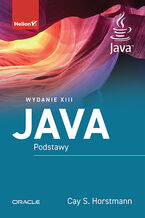


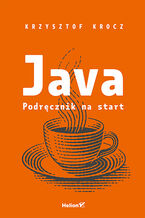

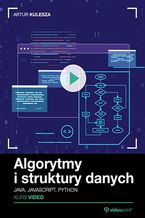

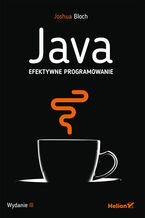









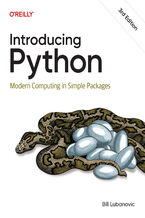


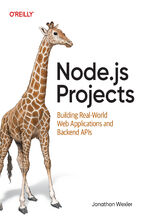

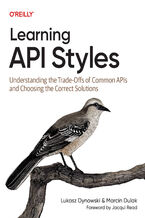

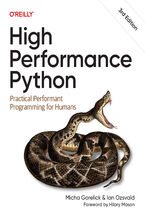
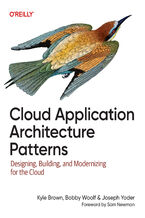
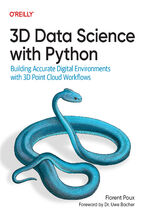



Oceny i opinie klientów: Java Power Tools John Ferguson Smart
(0)